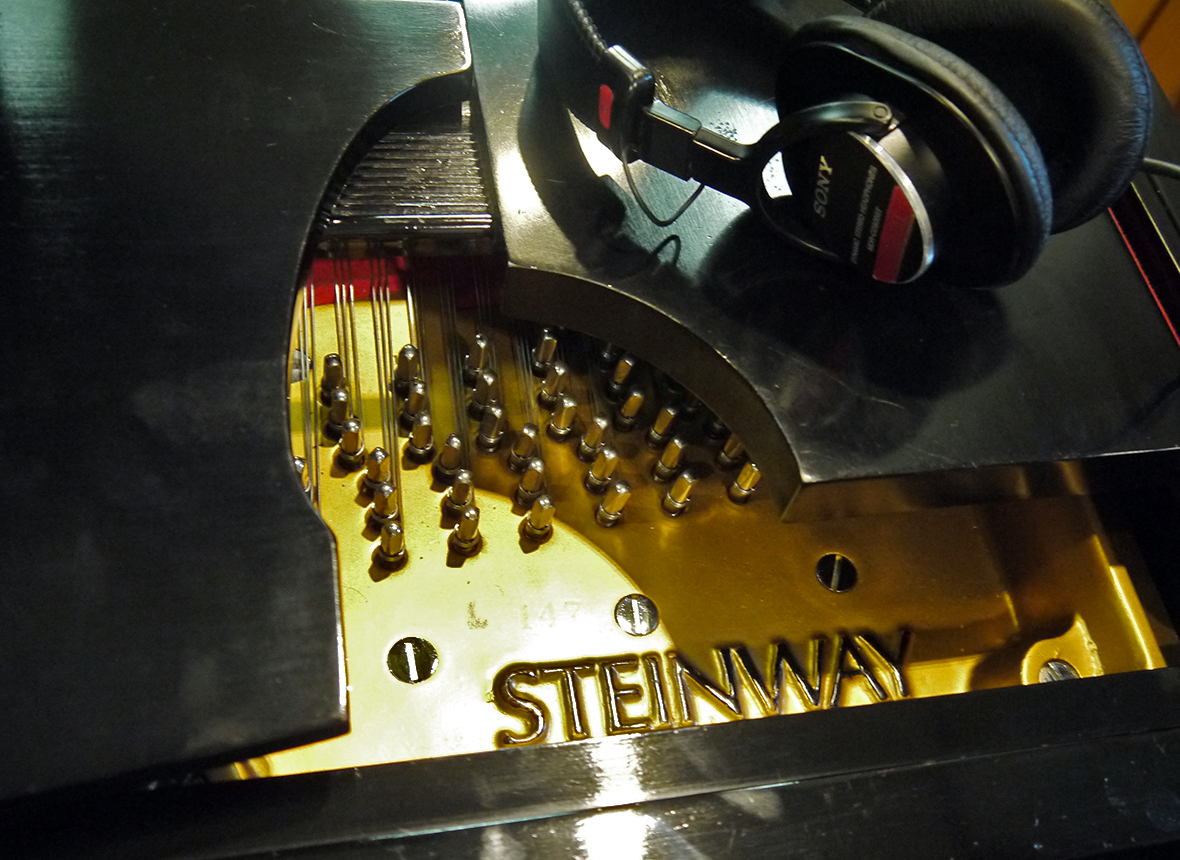LIFO Reserve Meaning and How to Calculate It
In summary, LIFO reserve serves an essential role in ensuring fair comparisons between companies that employ different inventory accounting methods. It helps investors and analysts better understand a company’s financial statements by adjusting for the differences between FIFO and LIFO costs. Ultimately, understanding the LIFO reserve can lead to more informed investment decisions. By bridging the gap between these two methods using the LIFO reserve, investors, analysts, and stakeholders can make more informed decisions when comparing the financial health of different companies.
- Learn about emerging trends and how staffing agencies can help you secure top accounting jobs of the future.
- The LIFO reserve allows for accurate comparisons between companies using different inventory methods, providing insights into the implications of tax calculations.
- It helps in outlining the many differences between using the LIFO method and using the FIFO method.
- The LIFO reserve is an account used to bridge the gap between the FIFO and LIFO methods of inventory valuation.
- It bridges LIFO and other inventory valuation methods like FIFO (First-In, First-Out), offering insight into how different cost flows impact financial statements.
- Adjustments are often required to realign inventory valuation and operating results to actual replacement costs.
- After almost a decade of experience in public accounting, he created MyAccountingCourse.com to help people learn accounting & finance, pass the CPA exam, and start their career.
What are LIFO and FIFO?
Both FIFO and LIFO have distinct implications on a company’s reported earnings, taxes, and balance sheets. The purpose of the LIFO reserve, also known as the “LIFO allowance,” is to bridge the gap between the LIFO (Last In, First Out) and FIFO (First In, First Out) inventory accounting methods. Different companies prefer to use different inventory accounting methods based on their specific operational and financial circumstances. When prices are on the rise, the LIFO method results in higher reported inventory costs compared to the FIFO method, which in turn increases a company’s cost of goods sold how to do a journal entry for purchases on a notes payable chron com (COGS). In contrast, when reporting internally for investor purposes, the same company can use the FIFO method to showcase lower costs and higher margins, which is more attractive to investors.
The Dynamics of LIFO Liquidation
The significance of inflation’s effect on LIFO reserve is illustrated through its impact on taxes and investor appeal. The LIFO reserve represents the gap between inventory costs when applying FIFO versus LIFO accounting methods. This crucial account is classified as a contra inventory account due to its opposite relationship with the regular inventory balance on the company’s balance sheet. In summary, the main difference between FIFO and LIFO methods lies in when inventory costs are recognized and reported.
Best Account Payable Books of All Time – Recommended
In summary, while the LIFO reserve impacts financial statements and ratios, its effects should be considered carefully regarding the true, economic financial position. Adjustments are often required to realign inventory valuation and operating results to actual replacement costs. It enables accurate reporting of inventory value to shareholders based on Generally Accepted Accounting Principles (GAAP). Without the LIFO reserve, financial statements would be less accurate and comparable between companies using different inventory methods. The reserve provides transparency for shareholders into the true valuation of inventory.
Step-by-Step Method for Determination
The LIFO reserve is an important accounting concept that allows companies to align the value of inventory on their balance sheets with current replacement costs. FIFO assumes that the earliest units entered into inventory are sold first, while LIFO assumes that the most recent units entered into inventory are sold first. The primary difference lies in cost valuation when selling or disposing of inventory, which can significantly impact a company’s reported earnings and taxes. LIFO reserve is an account used to reconcile the difference between a company’s inventory cost under the first-in, first-out (FIFO) method and last-in, first-out (LIFO) method for external financial reporting purposes. Firstly, it is important to note that the LIFO reserve doesn’t represent an actual physical inventory or a cash reserve.
Understanding their differences is crucial as companies often employ these methods differently for internal and external reporting purposes. When a business adopts the LIFO method for external purposes, it needs to calculate the LIFO reserve at the time of implementation to ensure ongoing comparability between its financial statements. The year-over-year changes in the balance within the LIFO reserve serve as a rough representation of inflation rates, particularly during periods with rising prices. The LIFO reserve is an account used to bridge the gap between FIFO and LIFO costs when a company is using FIFO but would like to recognition of accounts receivable and revenue report LIFO in its financial statements. During periods of rising inventory unit costs, inventory carrying amounts under the FIFO method will exceed inventory carrying amounts under the LIFO method. The LIFO reserve may also increase over time as a result of the increasing difference between the older costs that are used to value inventory under LIFO and the more current costs that are used to value inventory under FIFO.
- The Last-In, First-Out (LIFO) reserve is a critical component in understanding a company’s profitability, particularly for those businesses that maintain a significant amount of inventory.
- In periods of rising prices, constant increases in costs can create a credit balance in the LIFO reserve, which results in reduced inventory costs when reported on the balance sheet.
- In order to create a balance between the two methods and to give a fuller picture of a company’s financial realities, the LIFO reserve account is necessary.
- Additionally, LIFO reserve helps companies maintain consistent budgeting processes, ensuring accurate financial reporting to stakeholders.
- It directly impacts the various financial ratios that various stakeholders use in analyzing the performance of various companies.
- LIFO reserve is the difference between the carrying amount of a company’s inventories under the first-in first-out (FIFO) method and under the last-in first-out (LIFO) method.
- The LIFO reserve measures the difference between FIFO and LIFO inventory costs for bookkeeping purposes.
We see through a hypothetical example how the formula can be used to calculate the reserve and liquidation example also explains the procedure to calculate the same. Let us study the concept of LIFO reserve calculation using LIFO reserve calculation with the help of some suitable examples. Under the LIFO reserve equation, LIFO reserve is the difference between the cost of Inventory computed using the FIFO Method and the LIFO Method.
The LIFO reserve account explains the difference between these two inventory valuation methods since the time LIFO was implemented. Thus, it plays a critical part in the fair presentation of inventory value within the financial statements and clearly discloses the impact of an organizations strategic valuation methodology. If this account balance changes, more costs will be assigned to cost of goods sold for the year causing reported profits to decrease. Investors can use this change to either calculate the tax benefits of using LIFO vs FIFO quickbooks payroll review or see the results of inflation on inventory values. From an accounting perspective, the LIFO reserve is the difference between the cost of inventory calculated using the LIFO method and the FIFO (First-In, First-Out) method. During inflationary times, LIFO results in higher cost of goods sold (COGS) and lower ending inventory values on the balance sheet, which in turn reduces taxable income and income tax expense.
LIFO Reserve is the difference between the FIFO (First In, First Out) and LIFO (Last In, First Out) cost of inventory. It is an allowance to ensure that a company’s inventory is not overvalued if it were to be liquidated. FIFO method better approximates the flow of cost of goods sold, so we will calculate the inventory turnover ratios by converting Company B inventories and cost of good sold to equivalent FIFO basis. From an operational standpoint, the use of LIFO can be a strategic tool for managing cash flow. By deferring tax payments, companies can use the cash for other operational needs or investments. However, it’s important to note that this strategy can affect a company’s valuation and its ability to raise capital.







